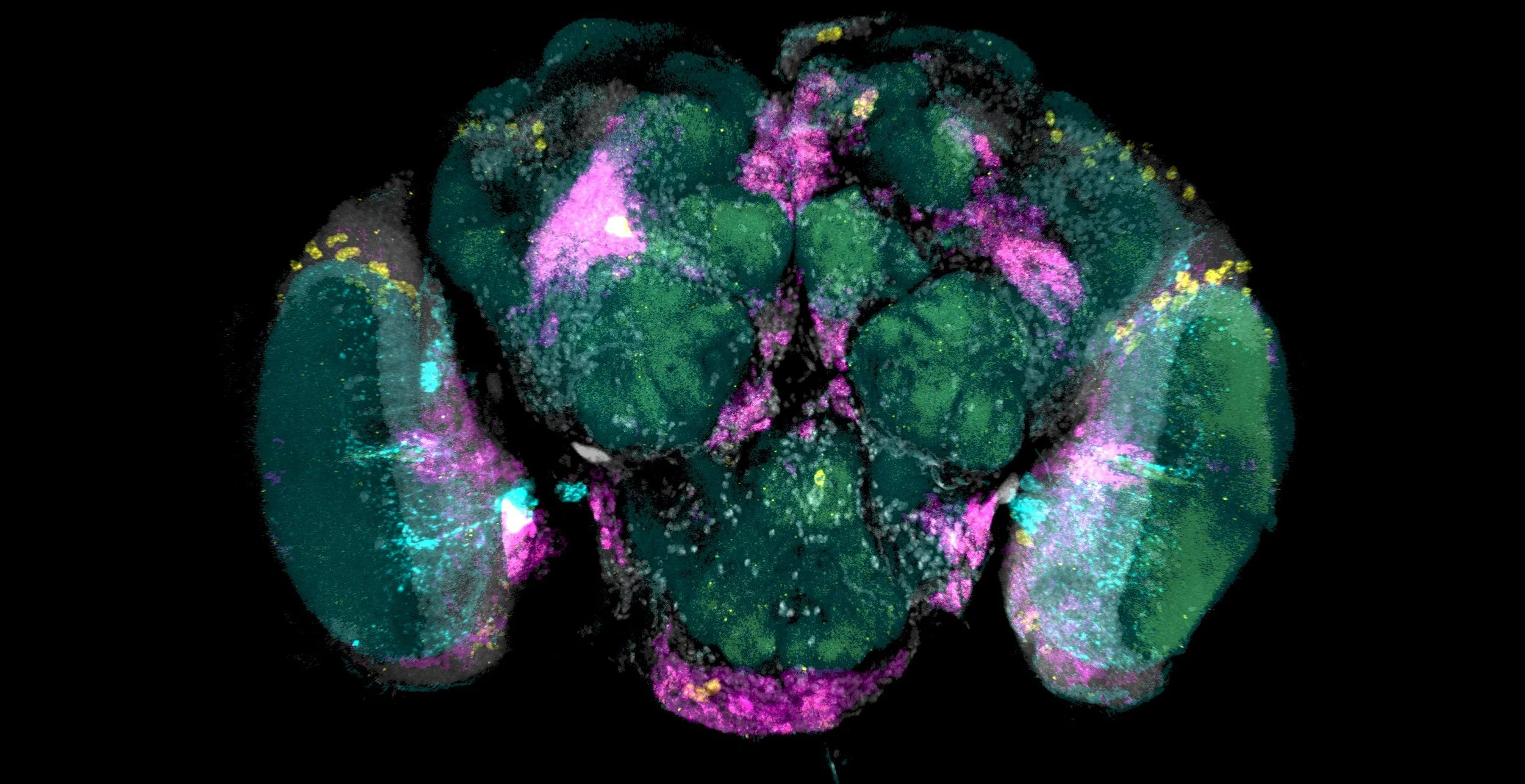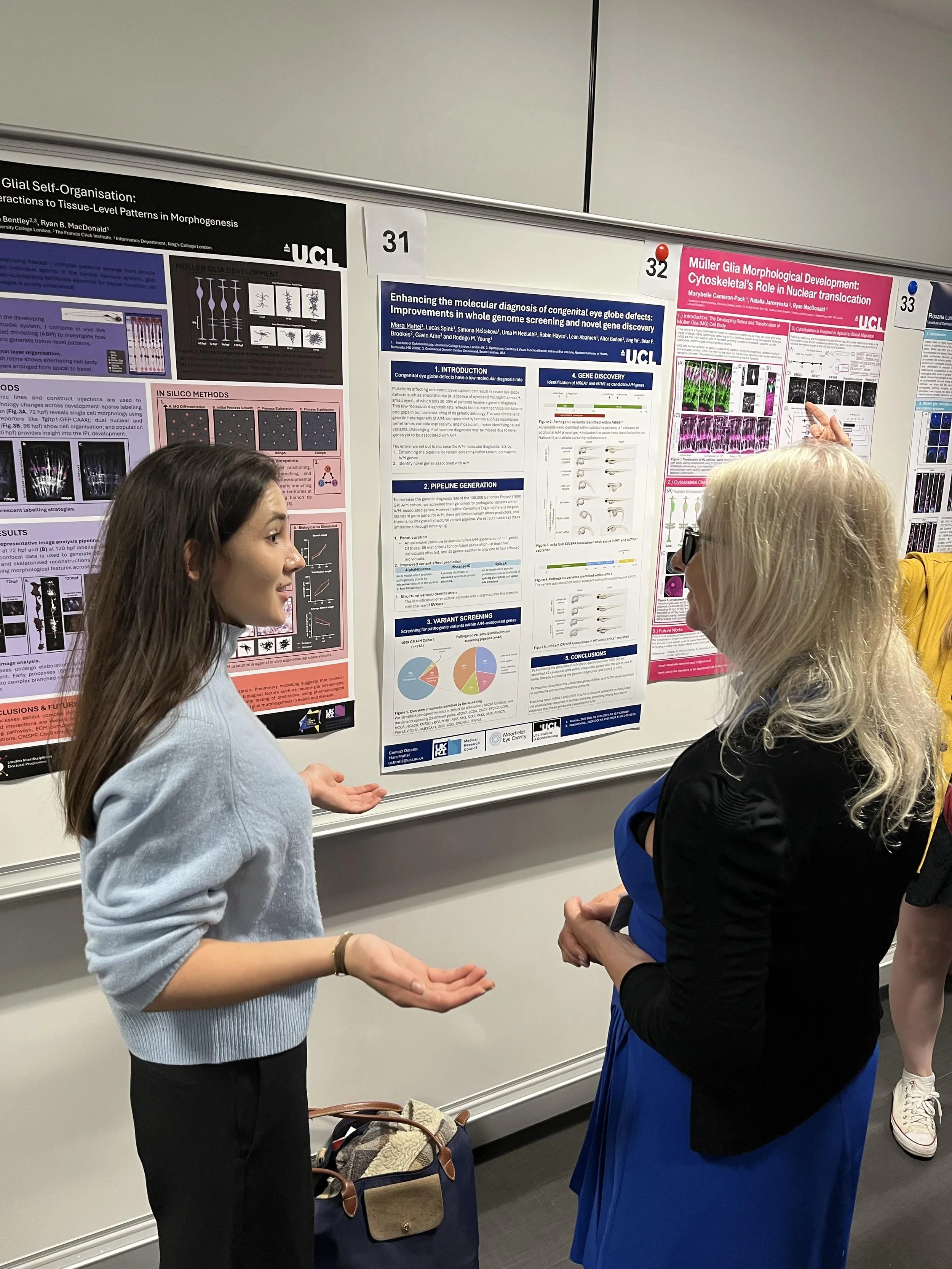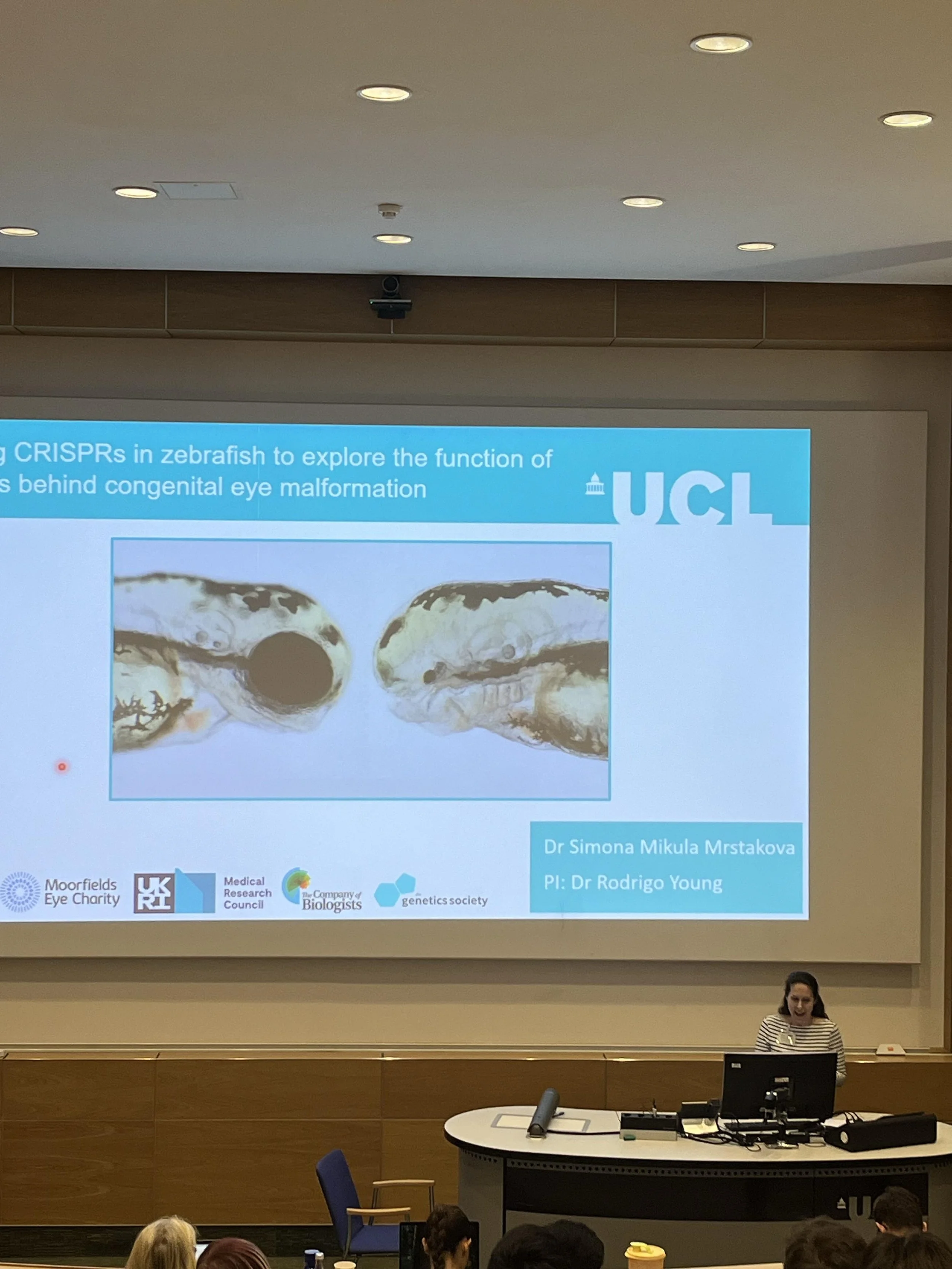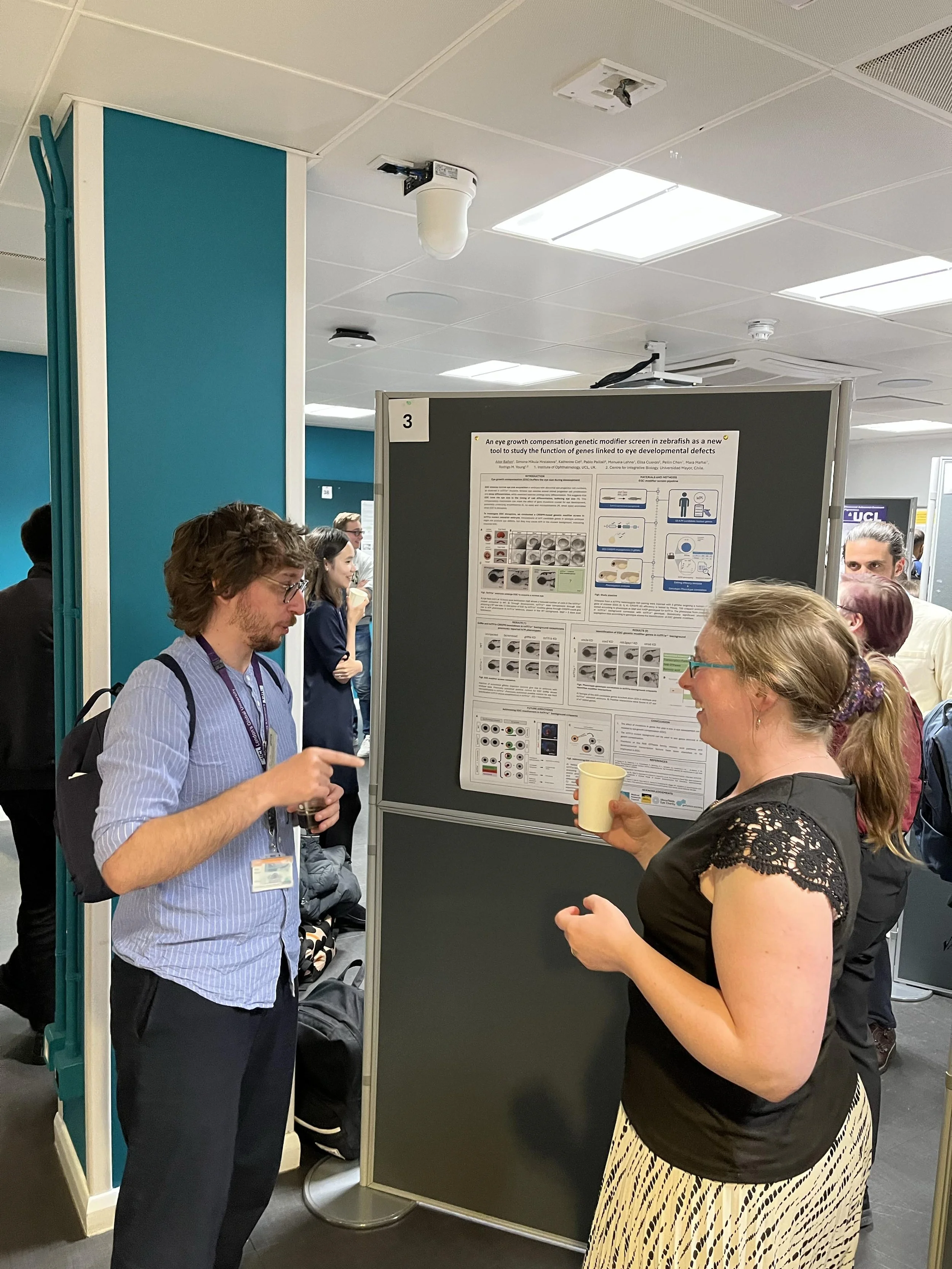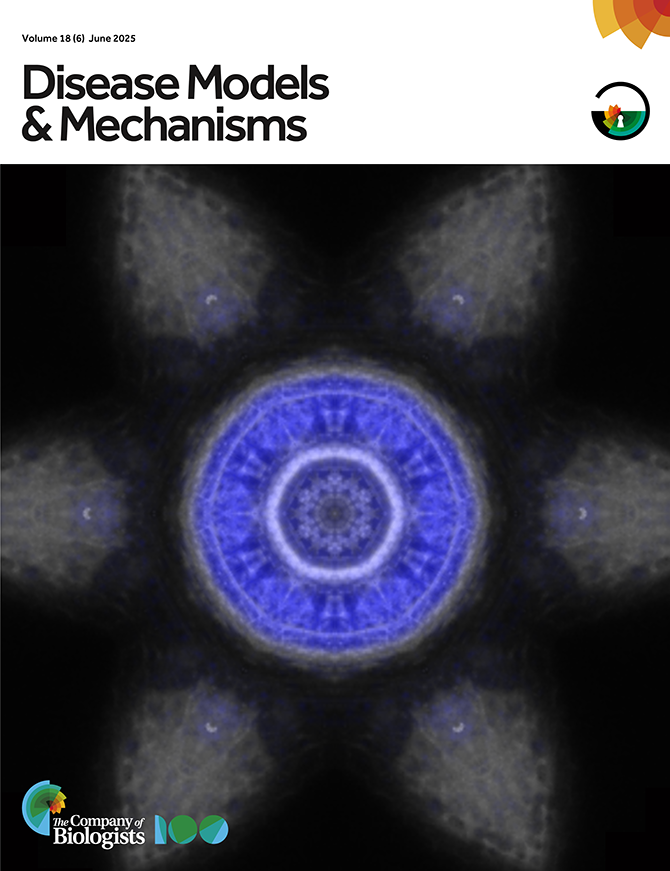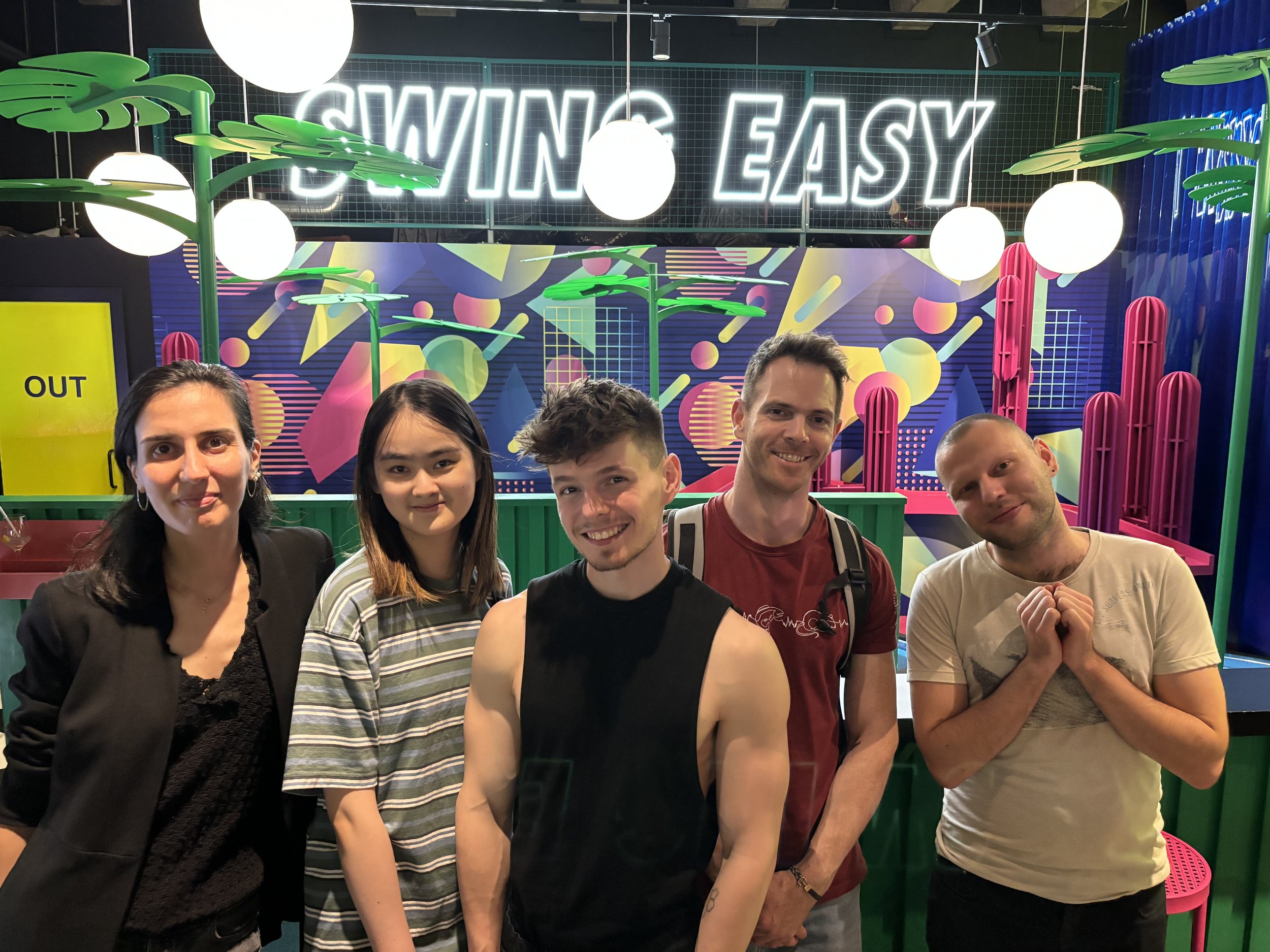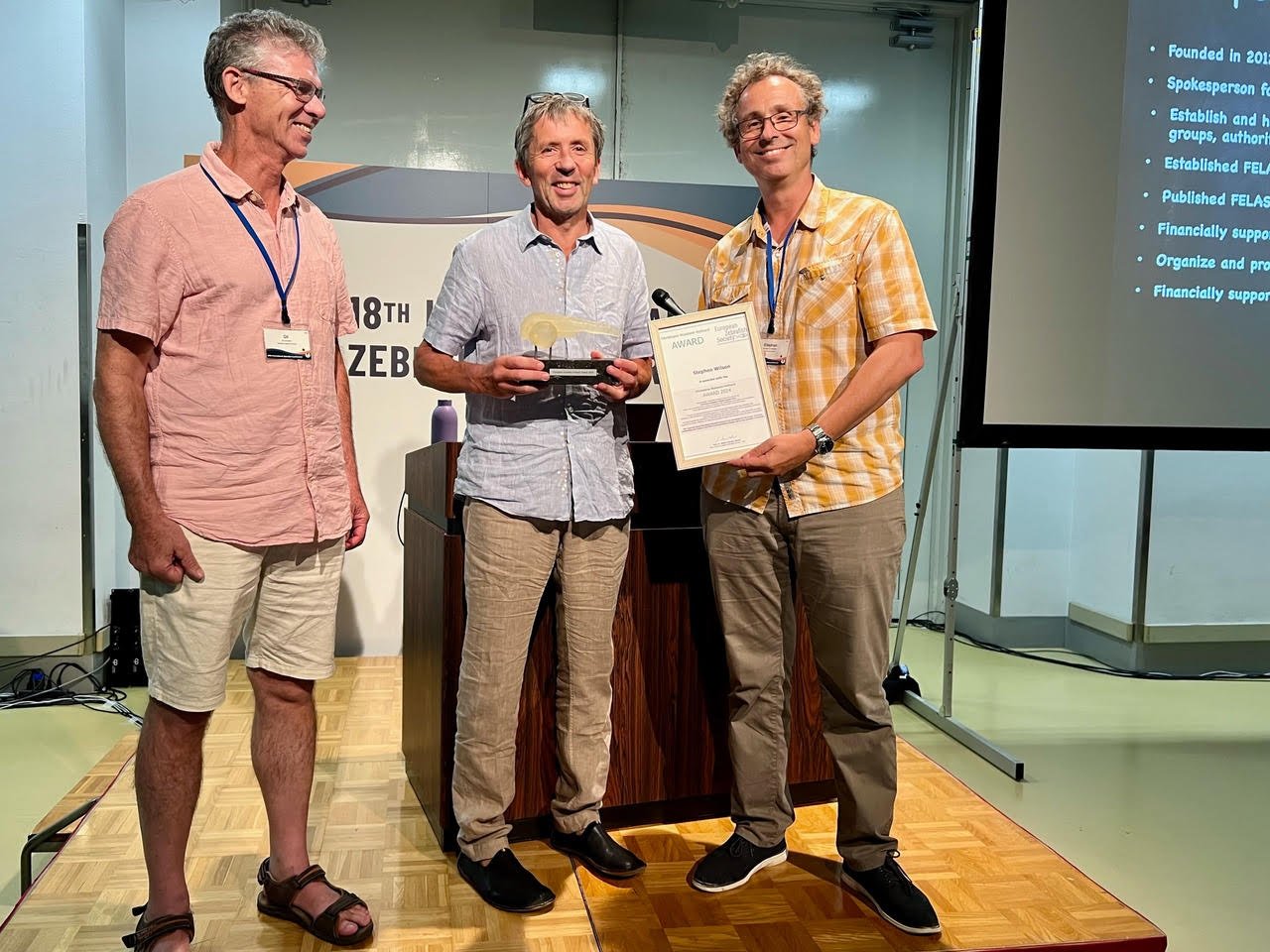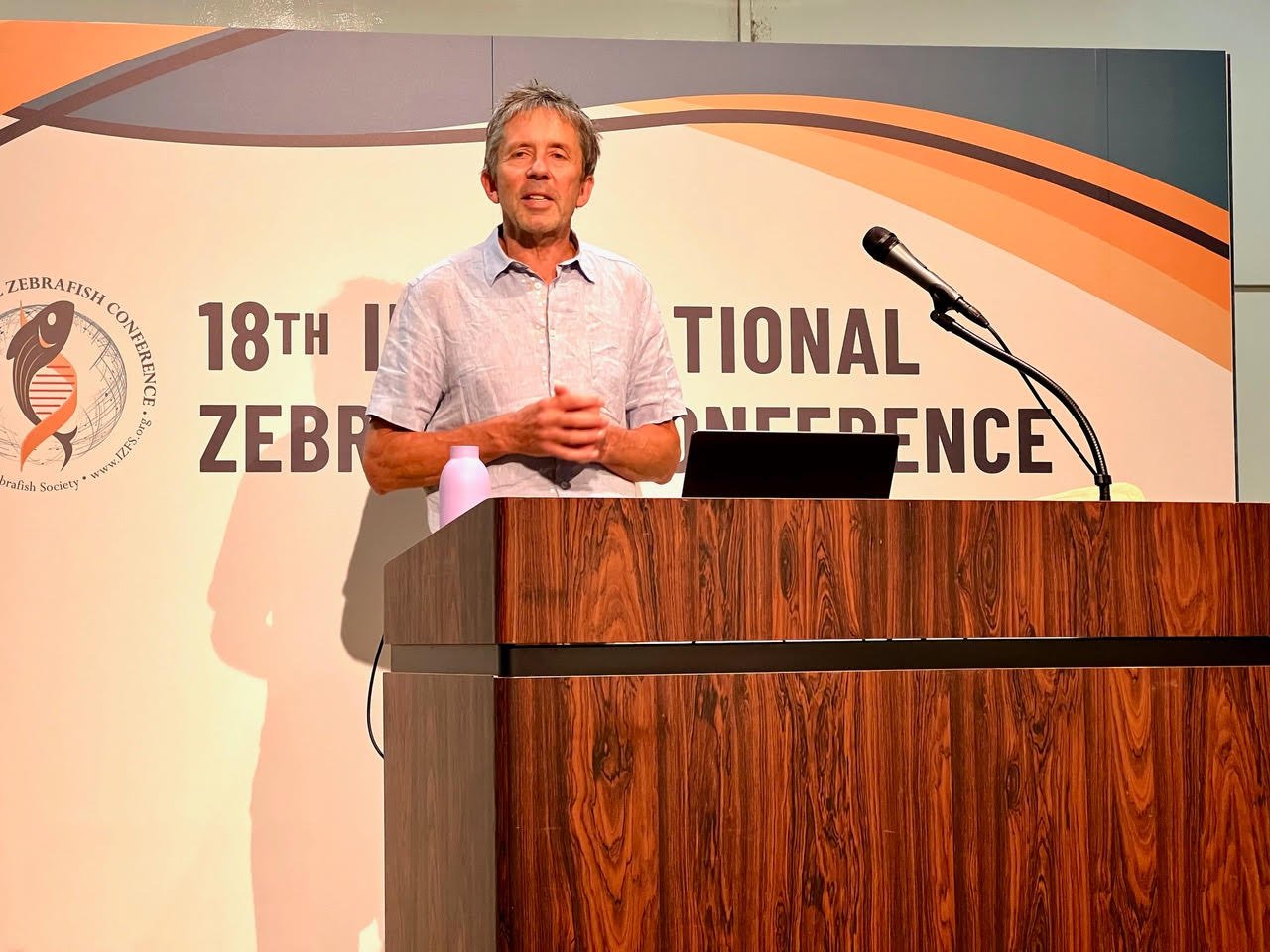We had 10 fantastic students visit the Fish Floor for a week to learn about our research and the life of a scientist first hand. In addition to gaining insight into the theory behind our research and experimental methodologies, the students got to perform their own experiments. Over the course of the week they learned classic molecular biology methods, immunohistochemistry, RNA in situ hybridisation and confocal microscopy. They also had the chance to see our cutting-edge behaviour assays used in our research into sleep and visual hunting behaviours and talk to the experts about their application.
Despite the novelty and complexity of the theoretical concepts we covered, the students’ presentations at the end of their placement demonstrated their ability to not only understand these concepts but also to place their own findings into the greater context of our research questions. We always love hearing these presentations and find them very inspiring.
A key part of the Zebrafish Academy is our mentorship programme. Each student is paired with a researcher. This gives them the chance to engage one-to-one with a scientist, to discuss their career aspirations and get targetted advice on their future academic path.
We received excellent feedback from this years cohort. We wish them every success in their future studies.
A big thank you to all of the Fish Floor Researchers whose time and expertise make this placement possible. We love inspiring the scientists of the future and sharing our love of all things zebrafish!



